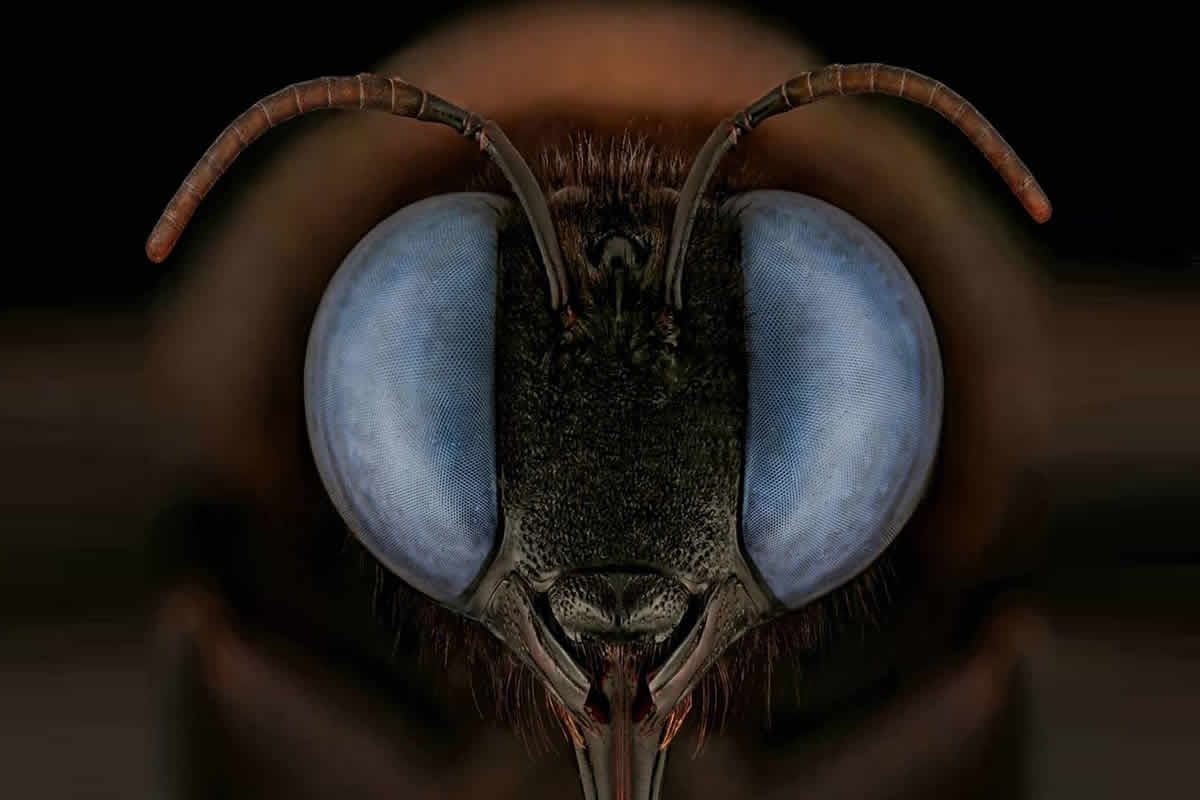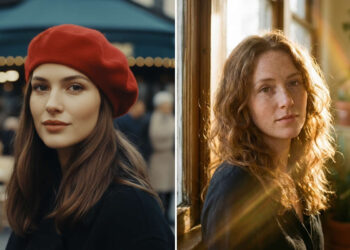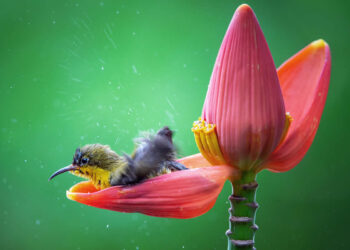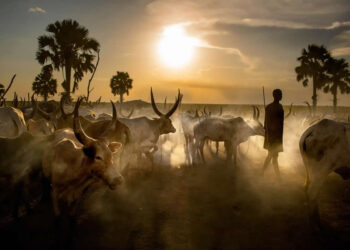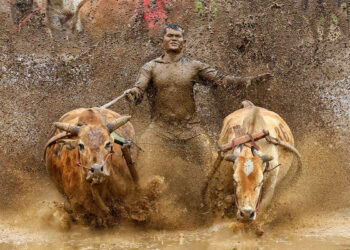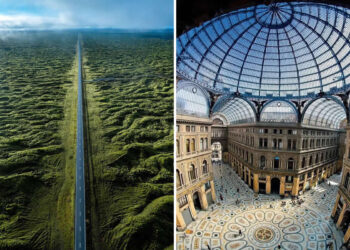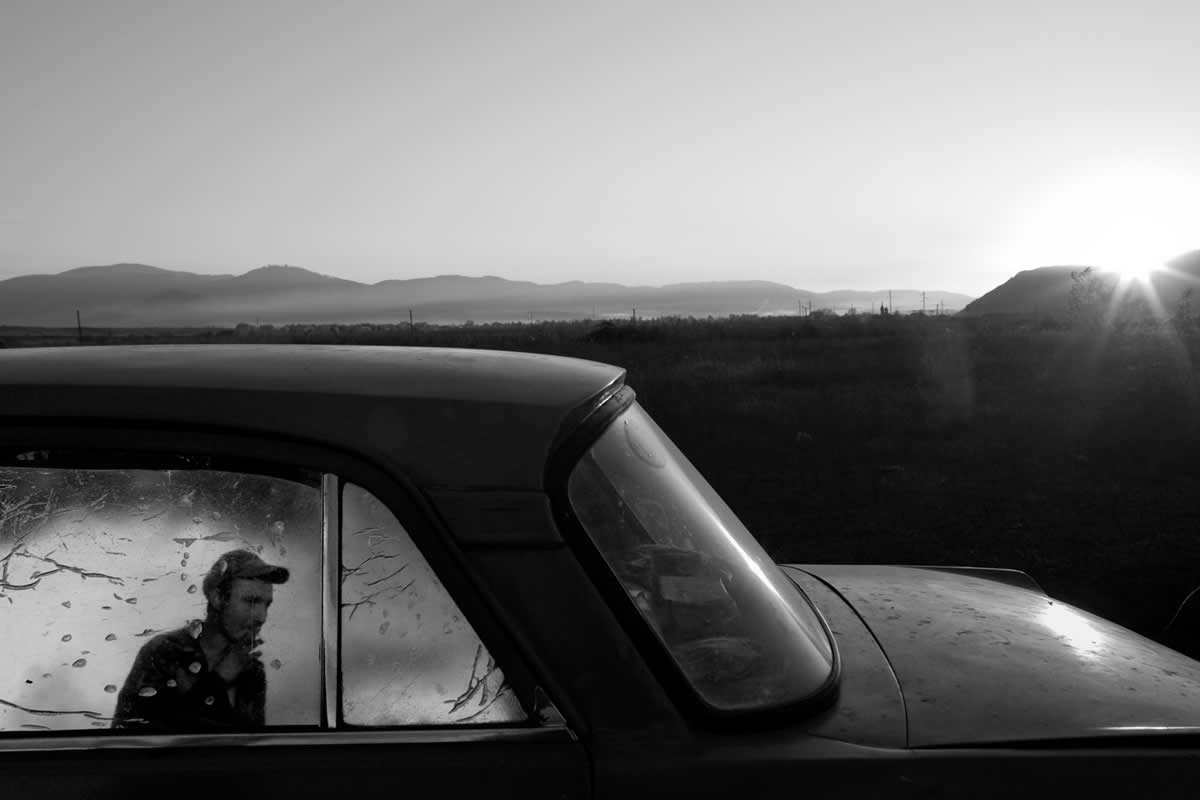In a world teeming with overlooked life, Saudi Arabian photographer and scientific researcher Mofeed Abu Shalwa has carved out a niche that fuses art and science in a spectacular fashion. Through macro photography, he captures the intricate details of endangered insects—creatures often feared, ignored, or misunderstood—bringing their hidden beauty into sharp focus.
Over the past decade, his work has taken him to remote forests across the globe, where he uses advanced focus-stacking technology to immortalize these tiny beings in ways that are both visually arresting and scientifically valuable.
Scroll down and inspire yourself. You can check Mofeed’s Instagram account for more amazing photos.
You can find Mofeed Abu Shalwa on the web:
#1
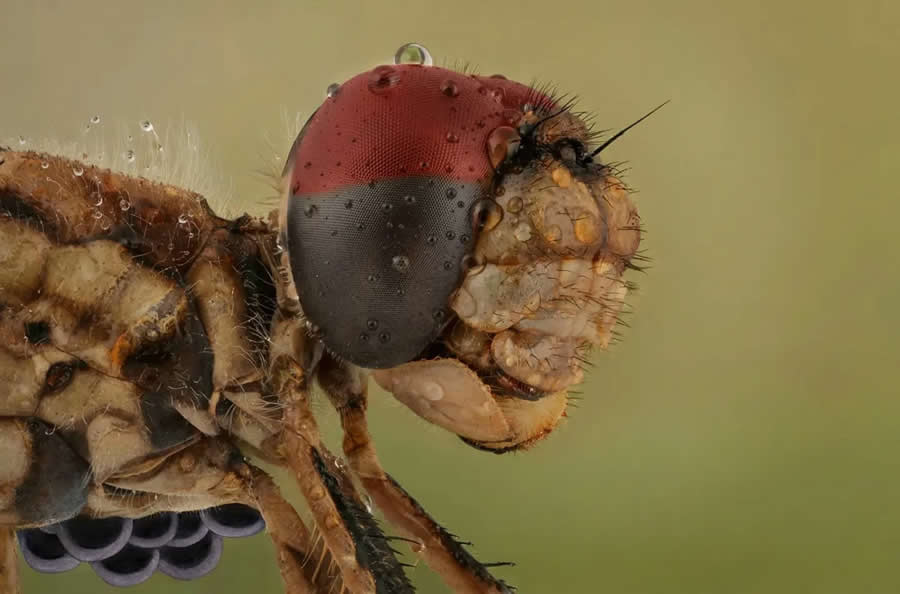
#2
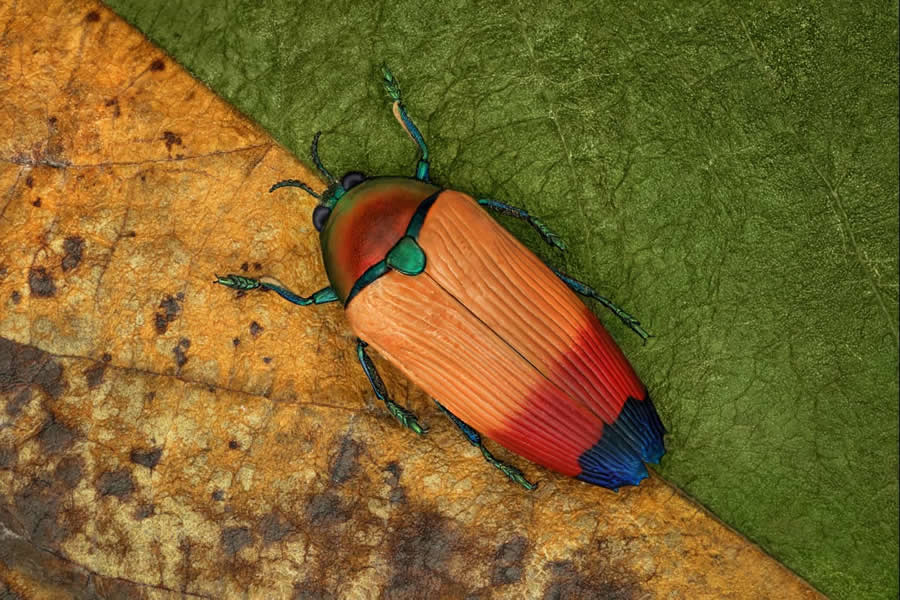
#3
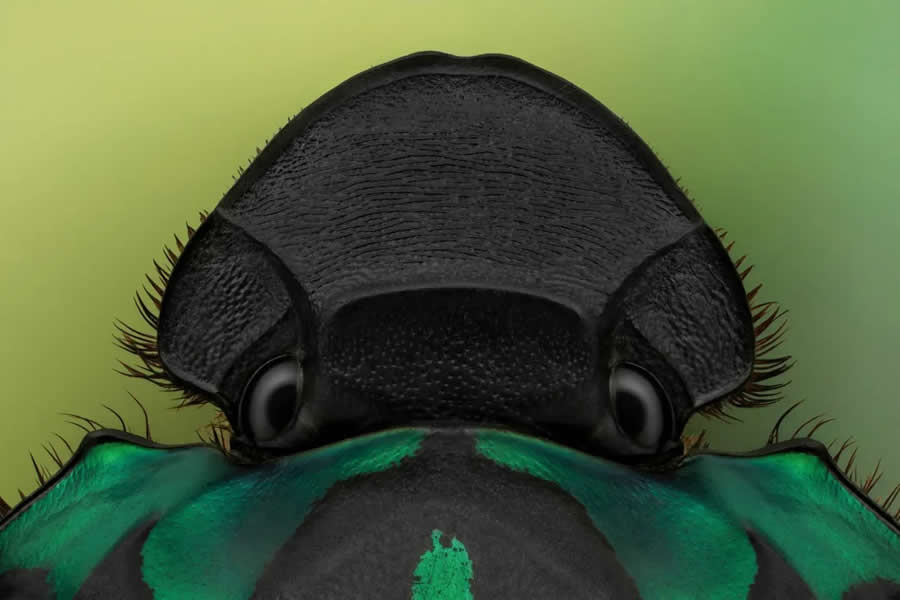
A Childhood Fear Turned into Artistic Passion
Born and raised in a small village in Saudi Arabia’s Eastern Province, Abu Shalwa’s relationship with insects didn’t start as one of fascination—it began with fear. Surrounded by orchards and greenery, he grew up avoiding bugs at all costs. Ironically, this fear became the catalyst for his artistic journey. As he matured, the very creatures he once feared became subjects of profound curiosity. Macro photography offered him a way to confront this fear and eventually transform it into a powerful source of motivation and creative expression.
#4
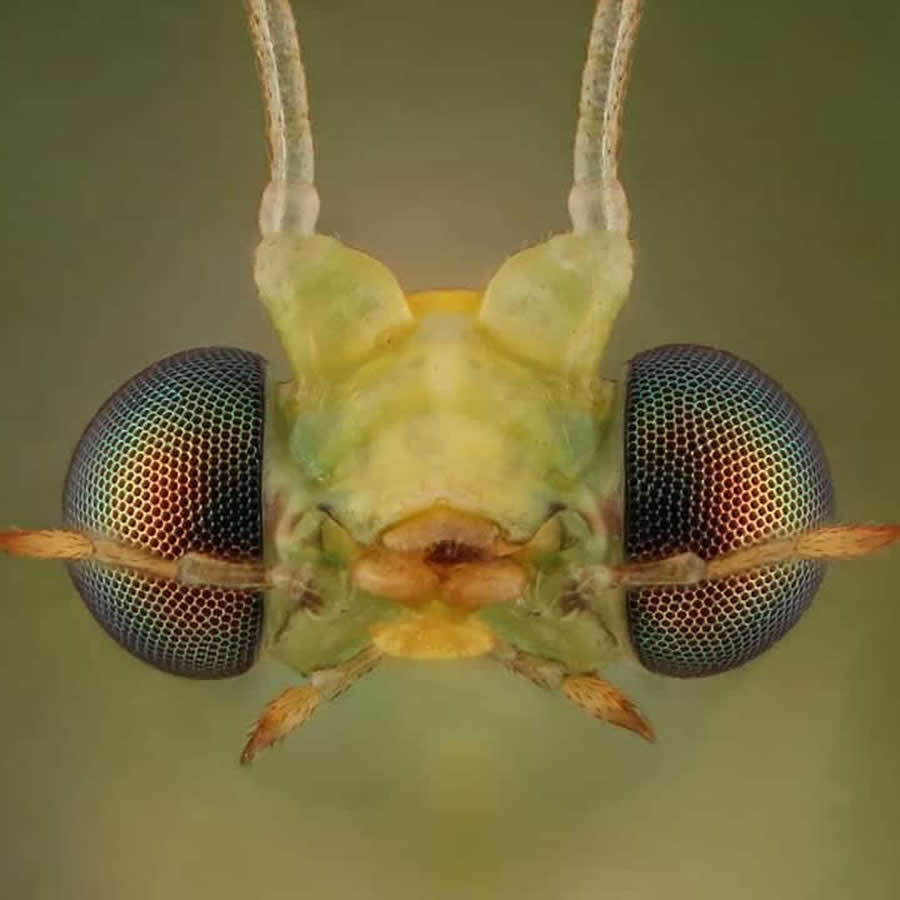
#5
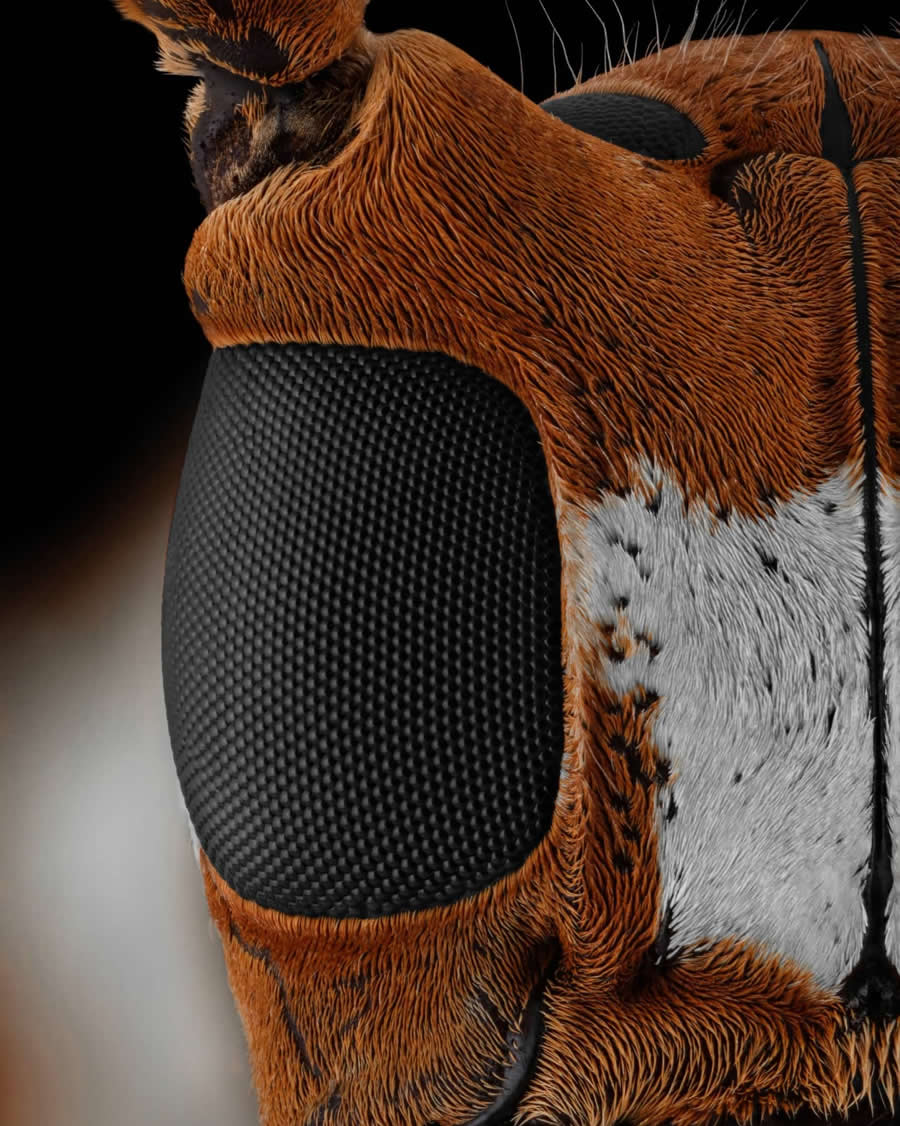
#6
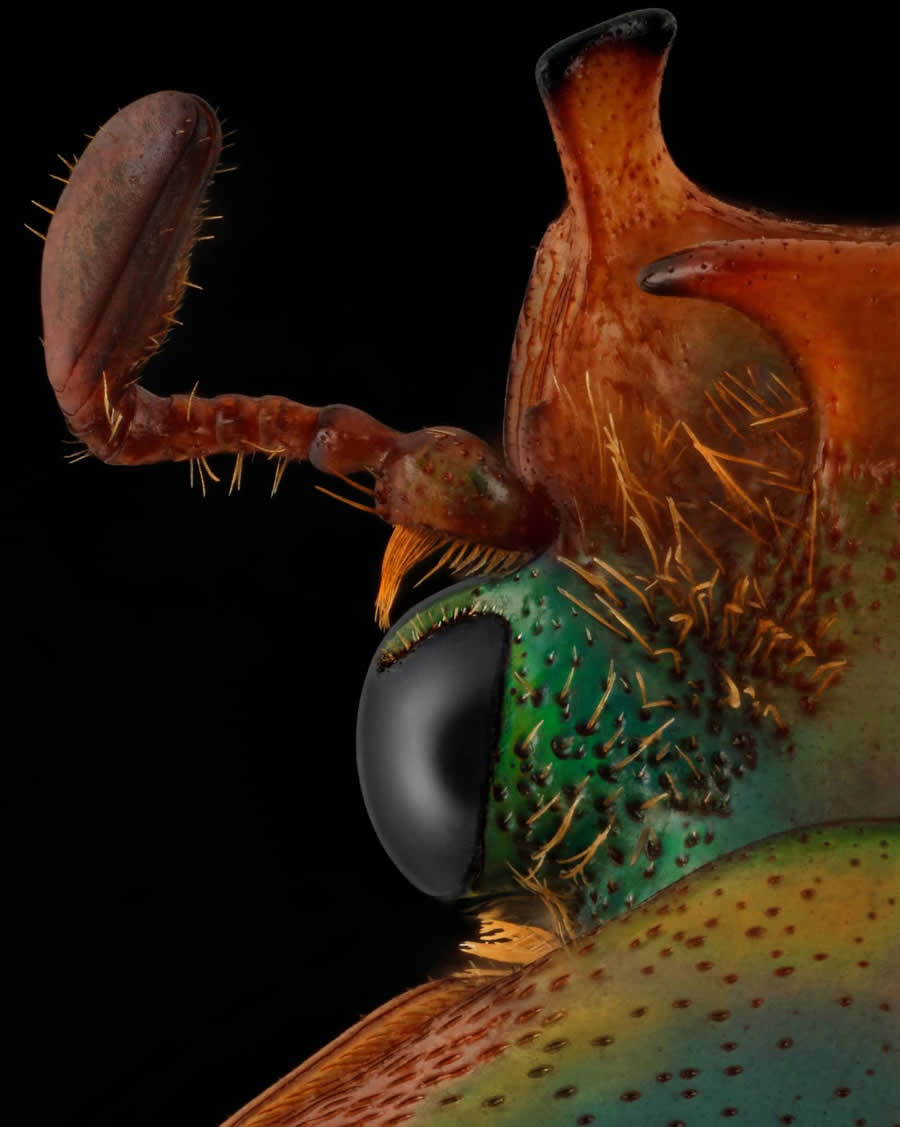
The Science Behind the Art
Abu Shalwa’s background in scientific research plays a crucial role in his photographic process. Utilizing focus-stacking technology, he captures hundreds of images at varying focal lengths and merges them to create a single, ultra-detailed photo. This technique allows him to highlight textures, patterns, and anatomical features invisible to the naked eye. His images don’t just impress—they educate. Each photograph is a scientific document, shedding light on species that are often underrepresented in conservation efforts.
#7
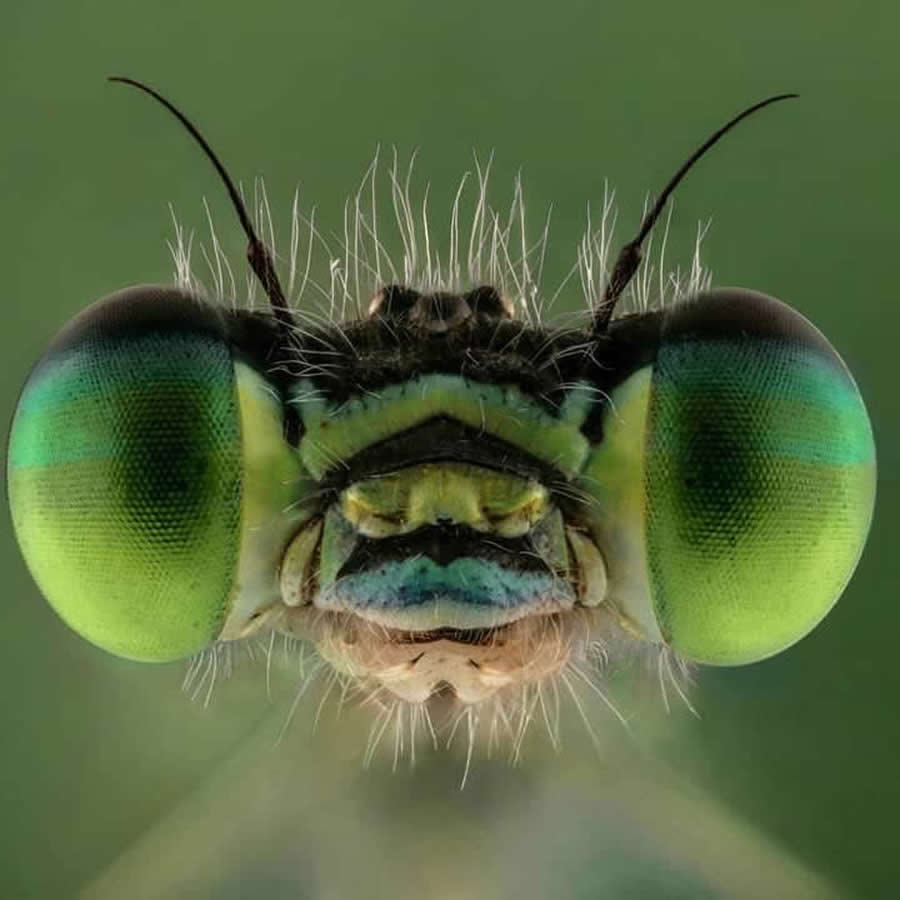
#8
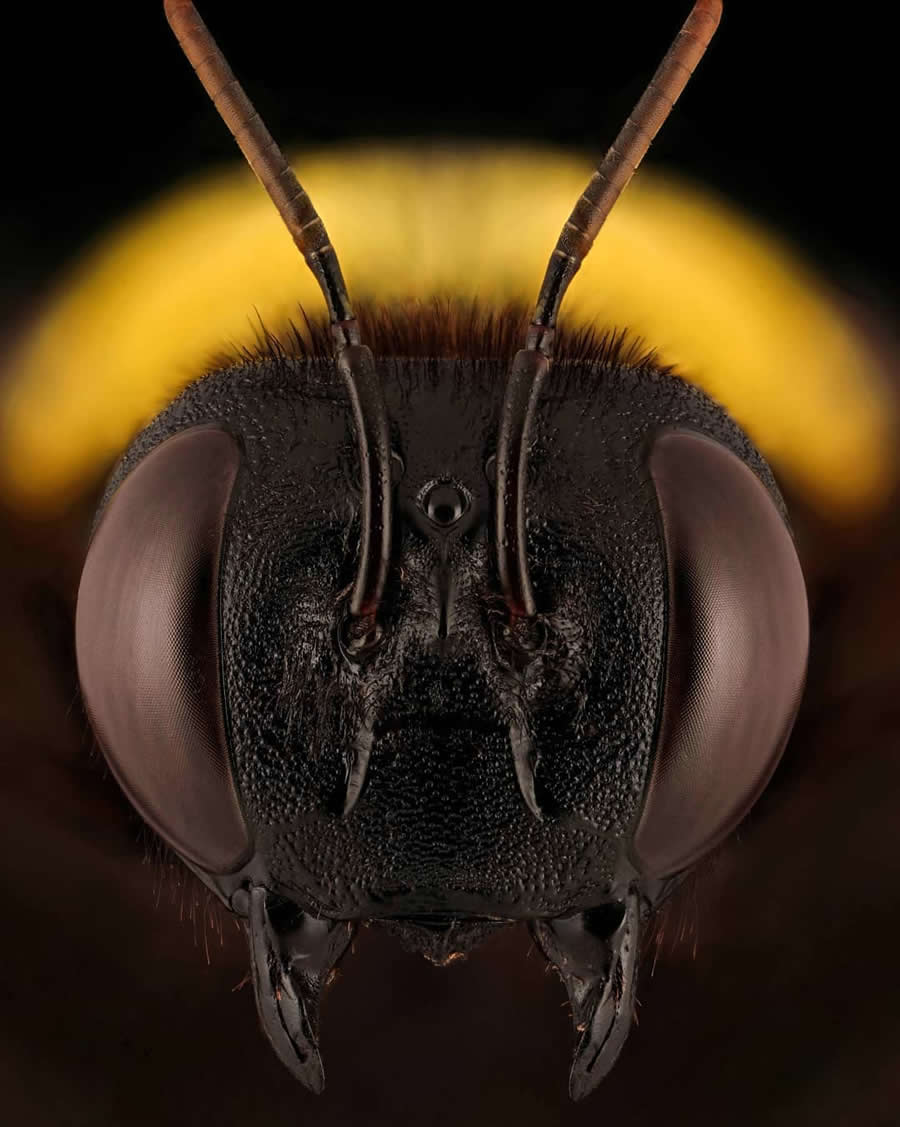
#9
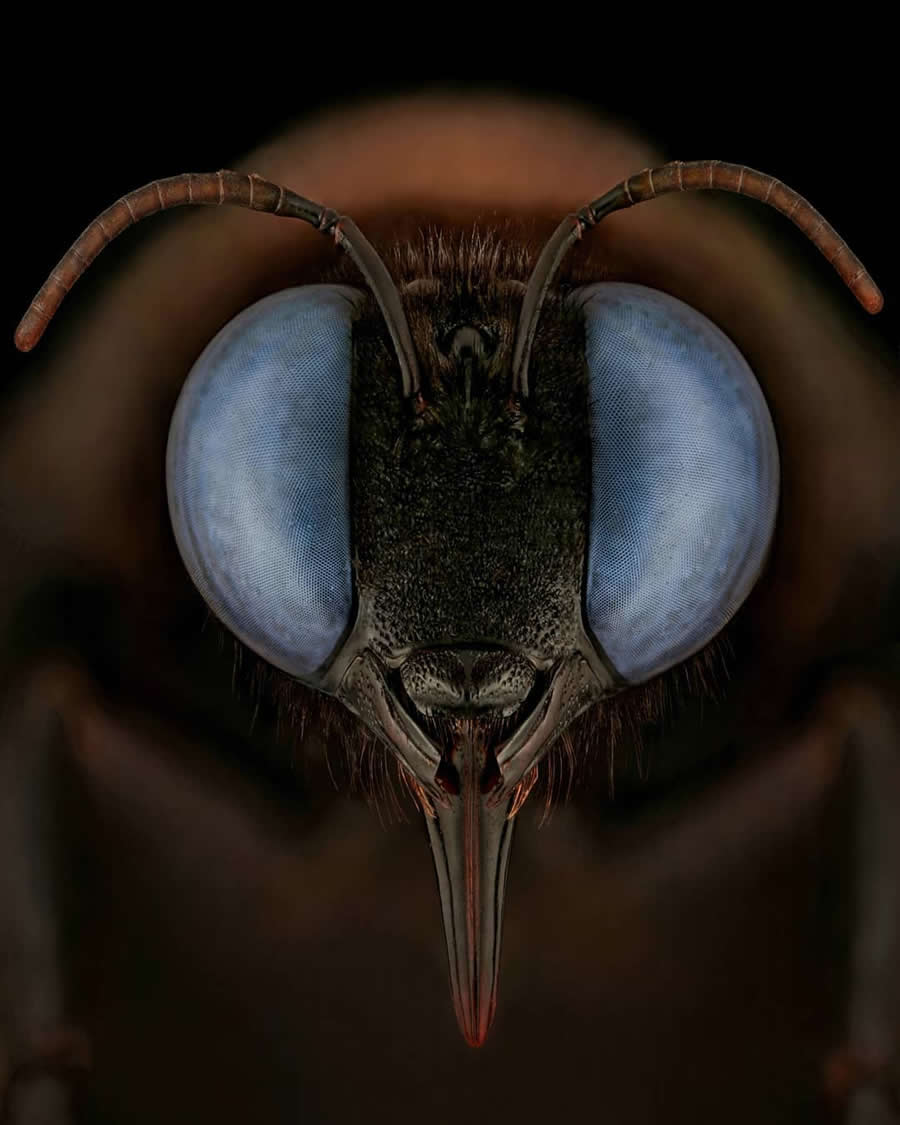
Insects as Storytellers of Evolution and Diversity
Far from being mere subjects, insects represent for Abu Shalwa the broader narrative of evolution, resilience, and ecological balance. They are crucial indicators of biodiversity, telling stories about the health of ecosystems and the impact of climate change. By showcasing these creatures in such intimate detail, he hopes to shift public perception and elevate awareness about their roles in the natural world. His lens becomes a tool for advocacy, not just artistry.
#10
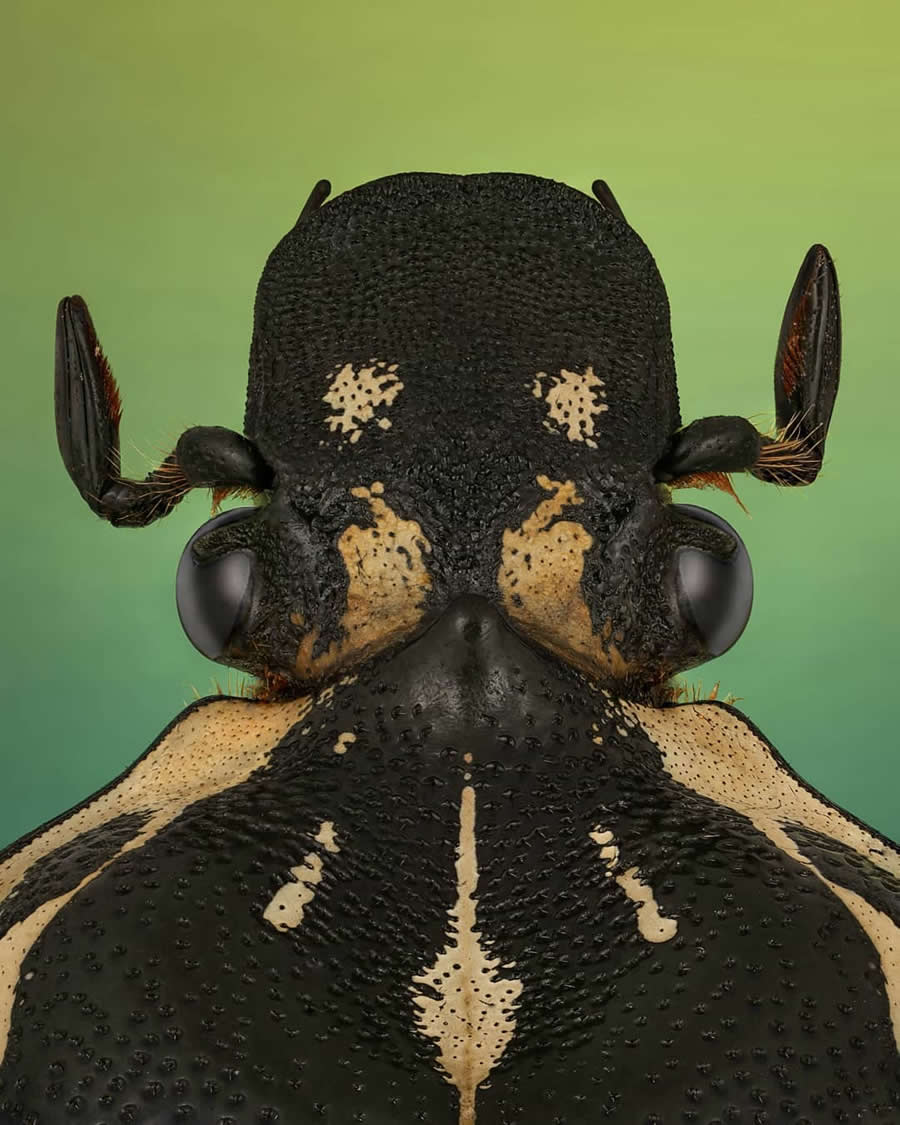
#11
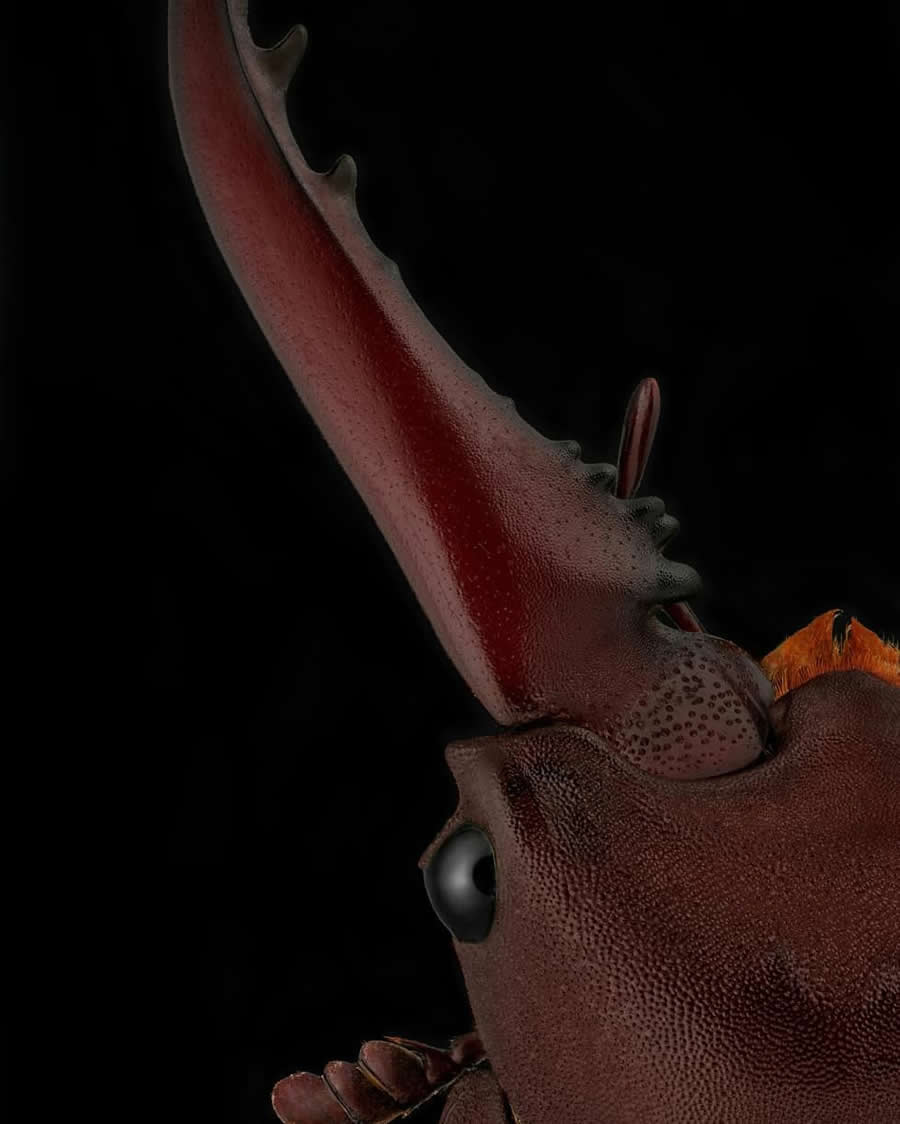
#12
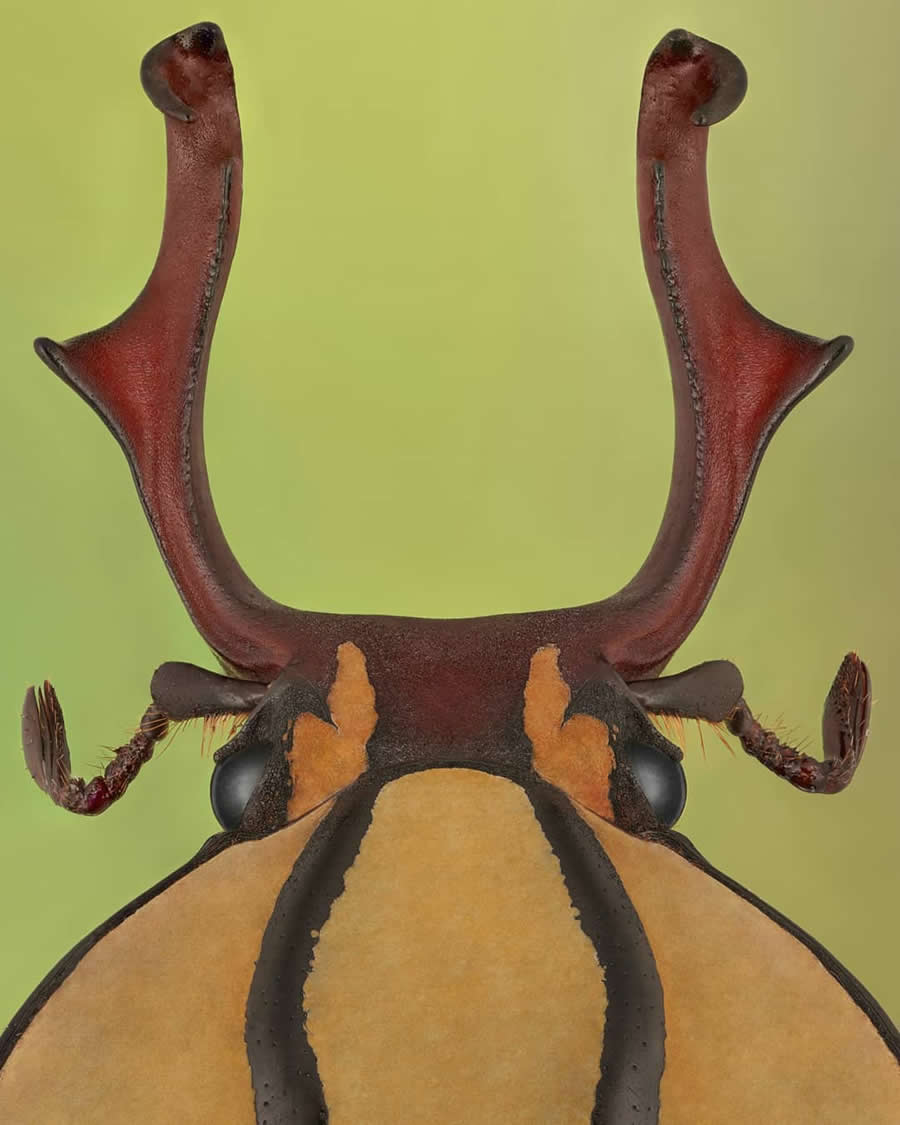
Photographing the Uncooperative: A Race Against Time
One of the most formidable challenges in macro photography is the unpredictable nature of insects. They don’t pose. They don’t wait. “Every photograph is a race against time,” Abu Shalwa explains. Whether it’s a butterfly flitting off just before the shutter clicks or a beetle disappearing into the underbrush, timing is everything. The fleeting nature of these moments is part of what makes his work so extraordinary—and so difficult to achieve.
#13
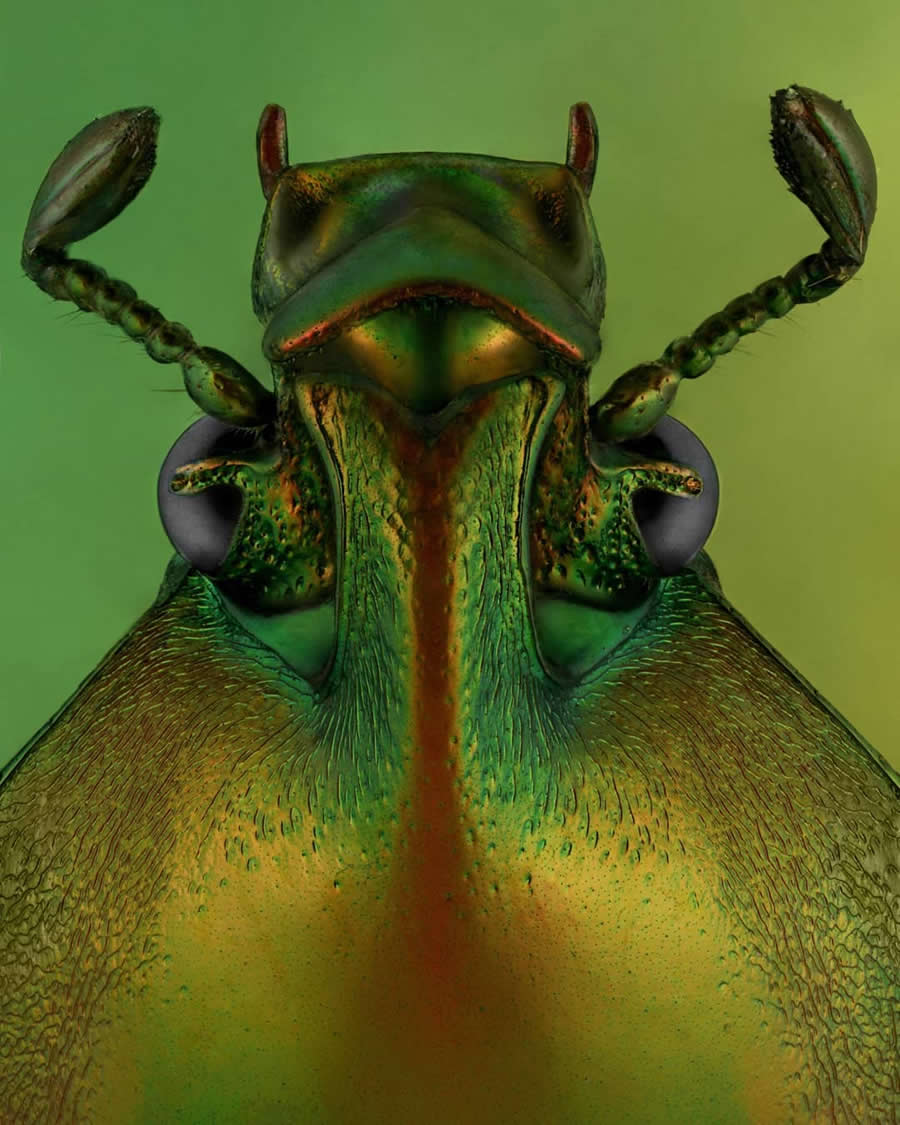
#14
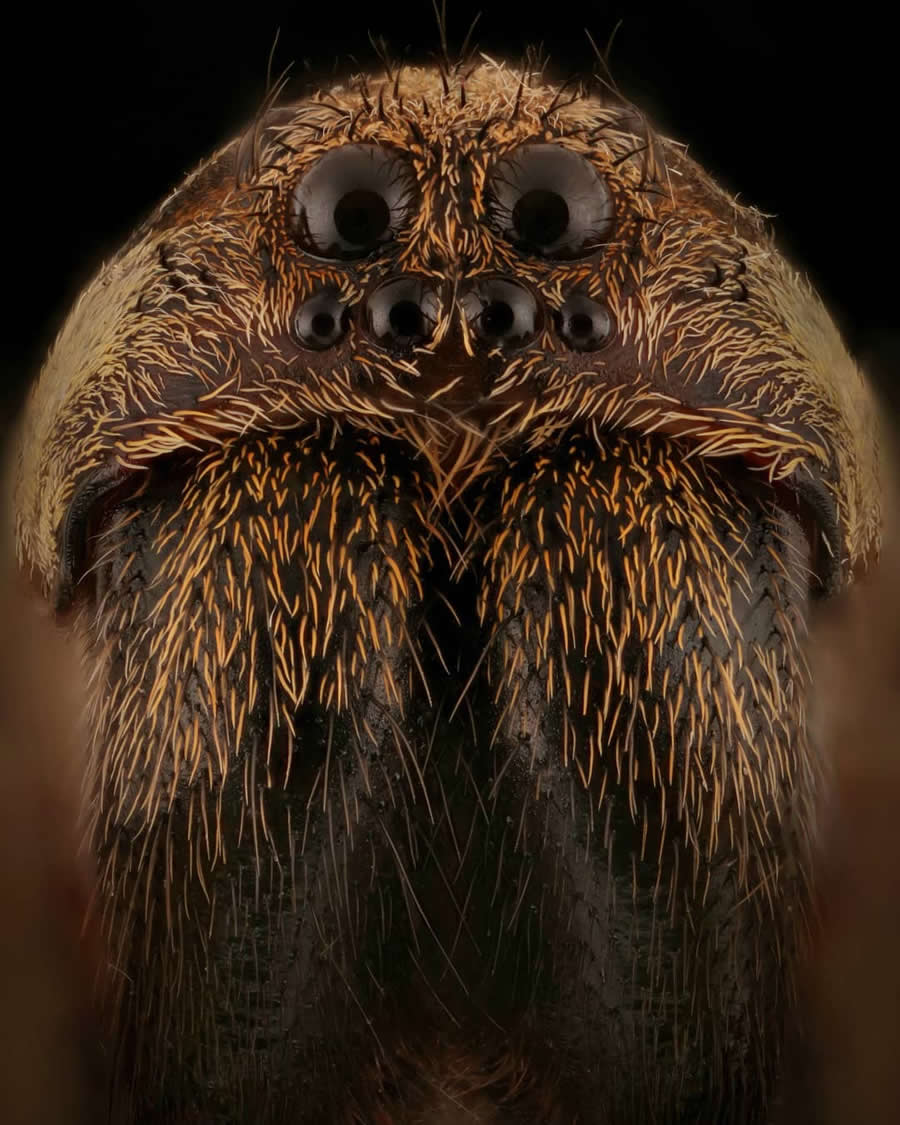
#15
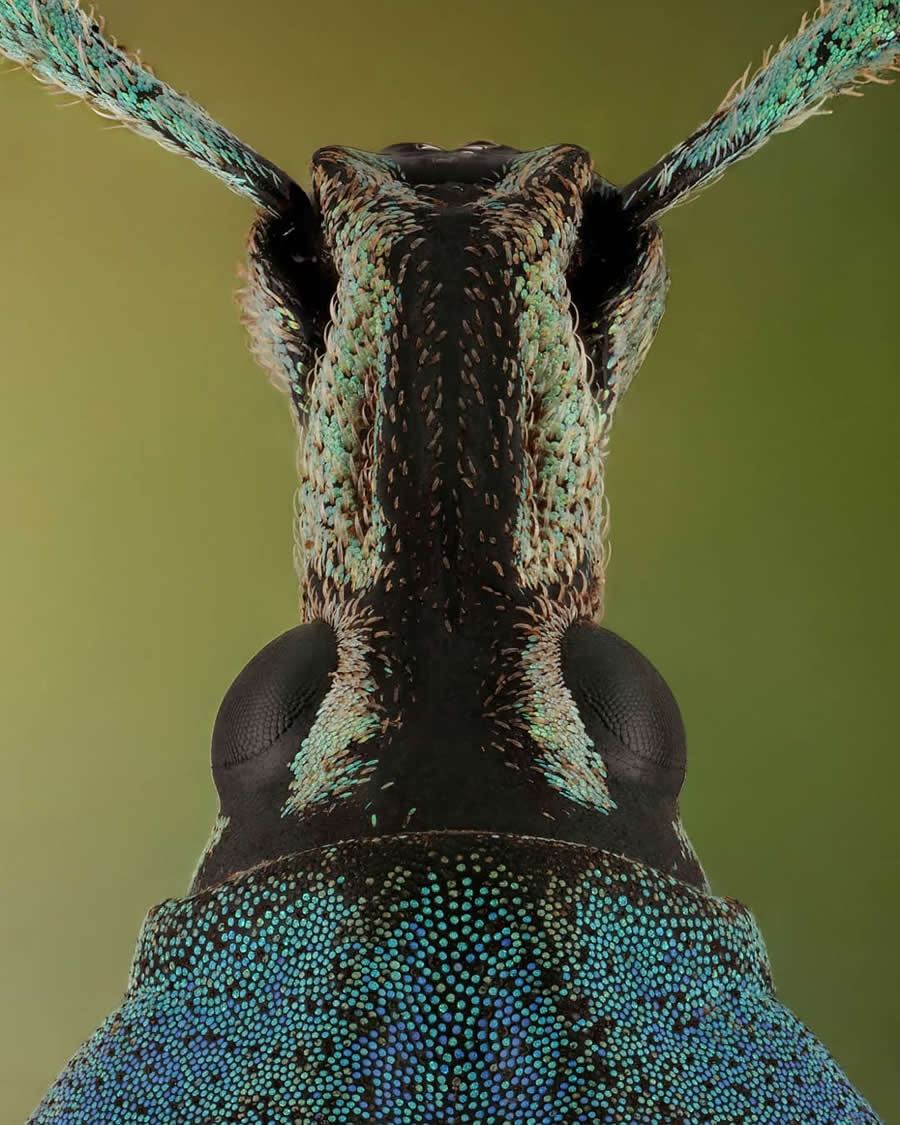
Navigating Harsh and Unforgiving Environments
From tropical rainforests to mountainous terrain, the pursuit of these elusive subjects often takes Abu Shalwa into extreme environments. High humidity fogs up lenses, thick vegetation makes movement difficult, and sweltering heat tests physical limits. Yet, it’s in these very conditions that he feels most connected to his subjects—each of them surviving and adapting to their harsh surroundings just as he must do to capture them.
#16
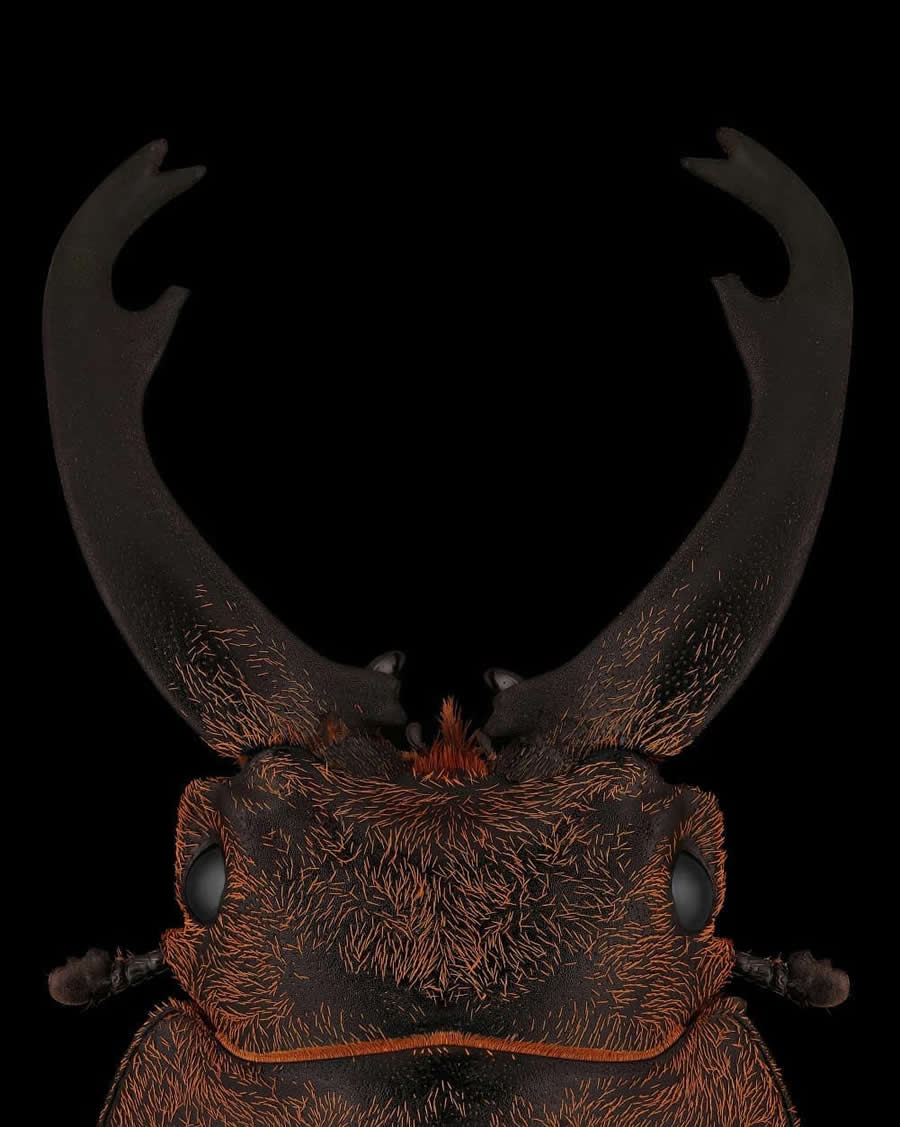
#17
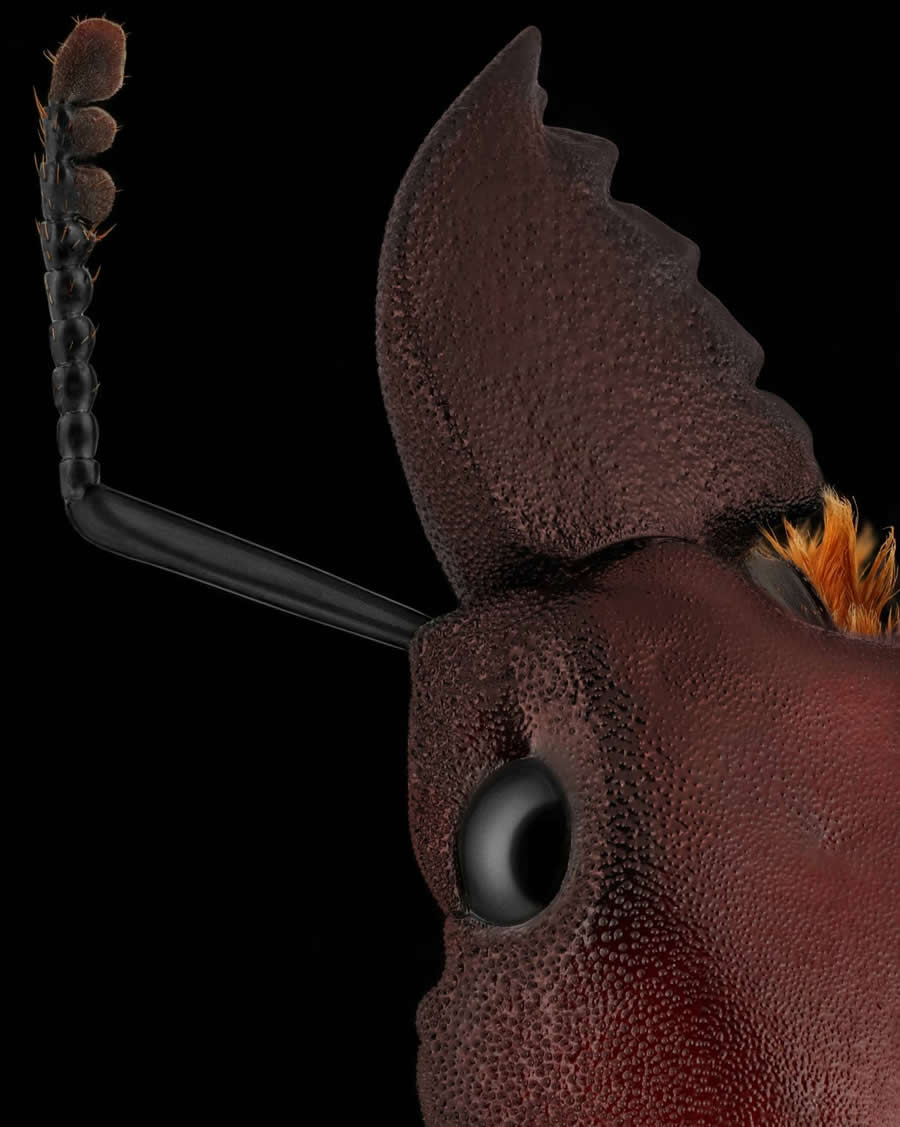
#18
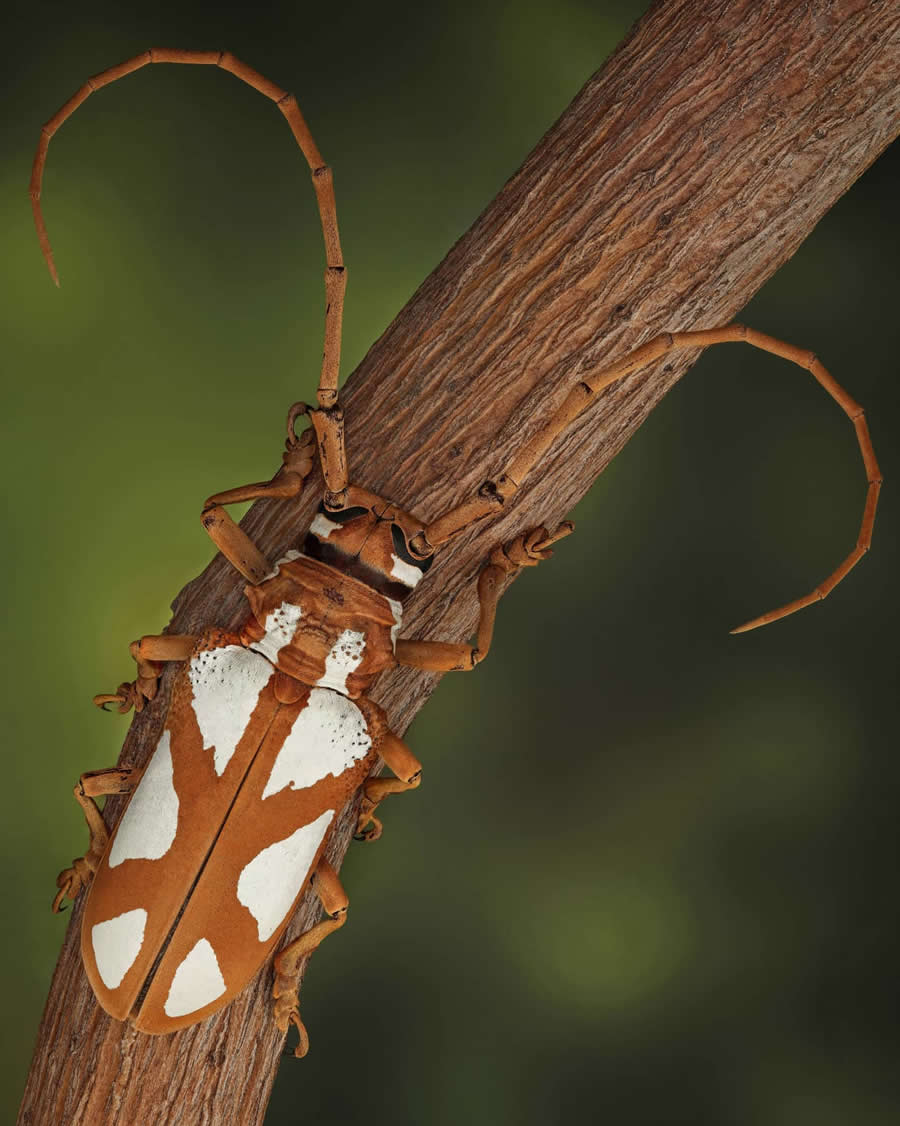
Patience as the Ultimate Skill
While technical expertise is essential, Abu Shalwa emphasizes that patience is the most critical virtue in macro photography. Hours or even days can pass without a single successful shot. In the rainforests of Indonesia, he once waited several days for the appearance of a rare insect, enduring both physical discomfort and emotional frustration. But for him, the moment of discovery always outweighs the struggle. It’s a test of willpower that sharpens both the artist and the scientist within.
#19

#20
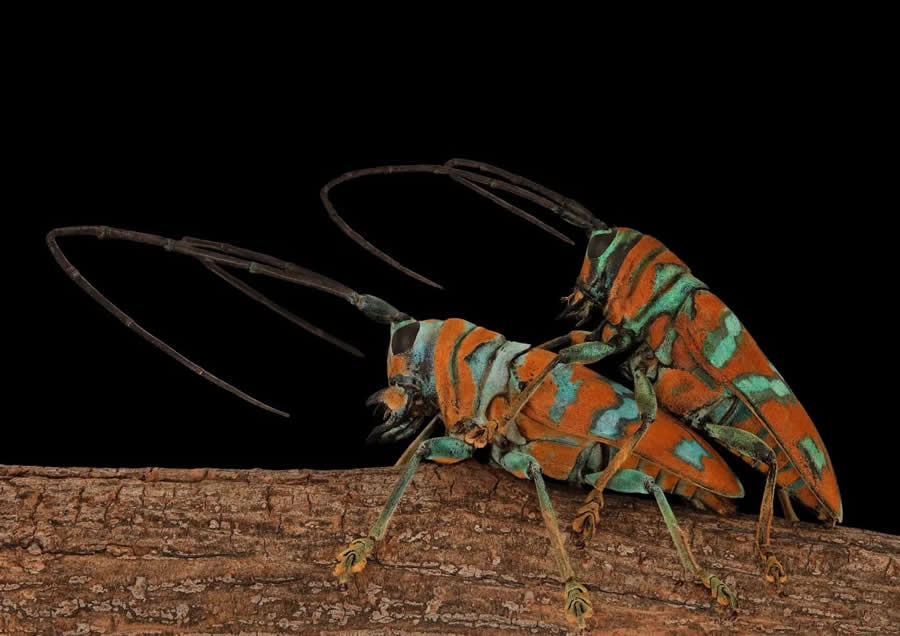
#21
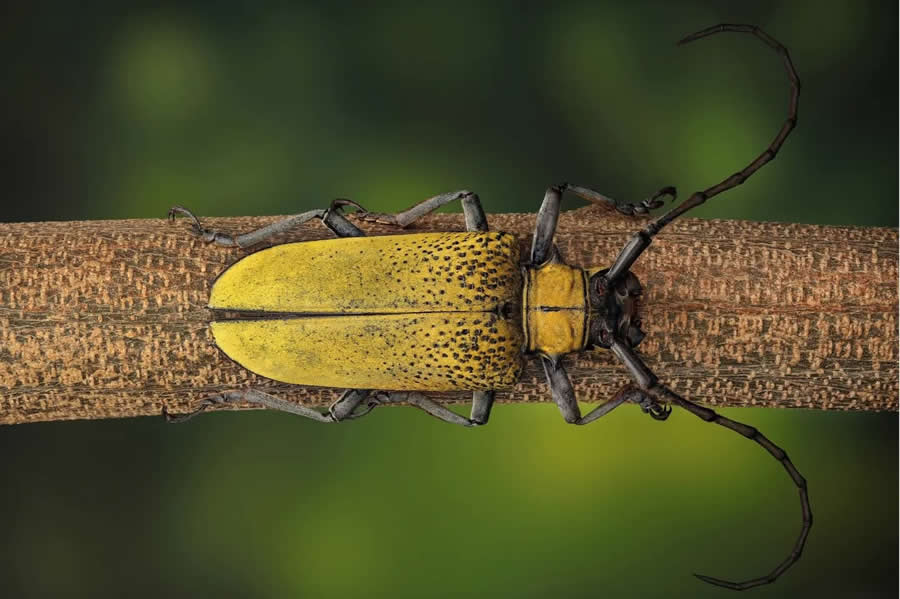
Transforming Fear into Empathy
One of the most compelling aspects of Abu Shalwa’s journey is how he transformed his fear of insects into a deep empathy and admiration for them. Through his lens, viewers are invited to shed their own apprehensions and engage with these creatures differently. Each photo becomes a moment of revelation—a way to see not just the insect, but the fragility and wonder of life on Earth.
#22

#23
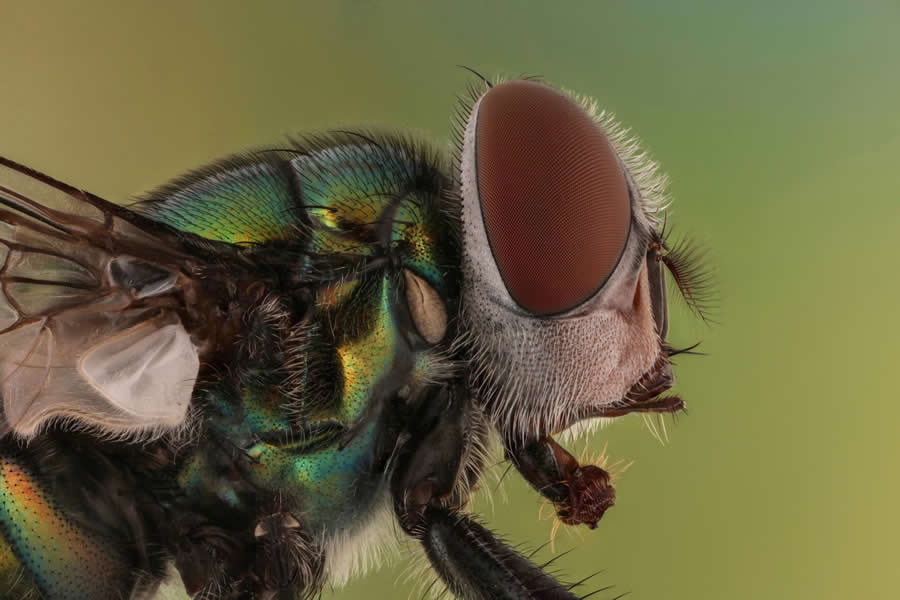
#24
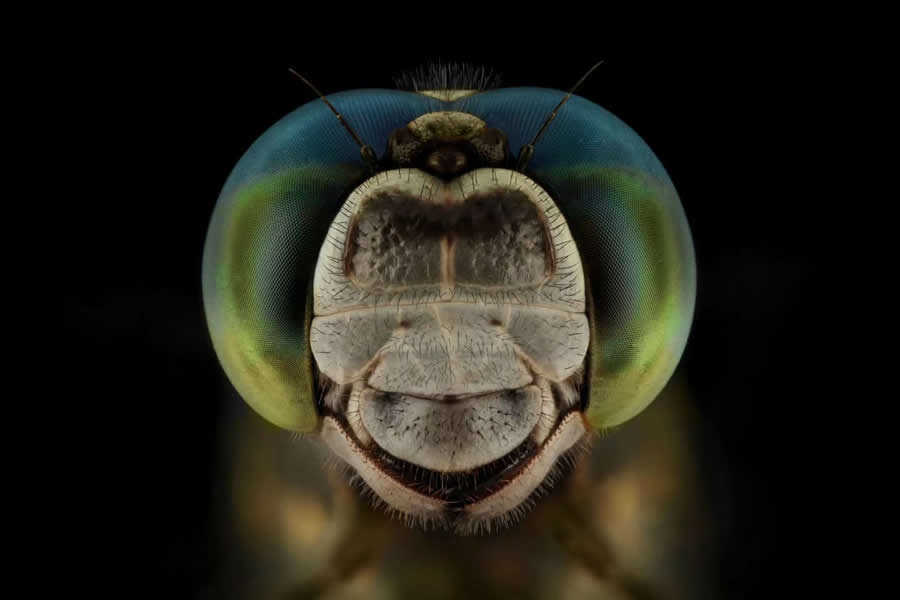
A Call for Conservation Through Art
With biodiversity under increasing threat, Abu Shalwa’s work carries an urgent message. Many of the insects he photographs are endangered, yet they often lack the public attention afforded to larger animals. By spotlighting these tiny, intricate beings, he hopes to encourage a greater appreciation for their ecological importance and the need for conservation efforts. His art is not just a celebration of nature—it’s a plea to protect it.
#25
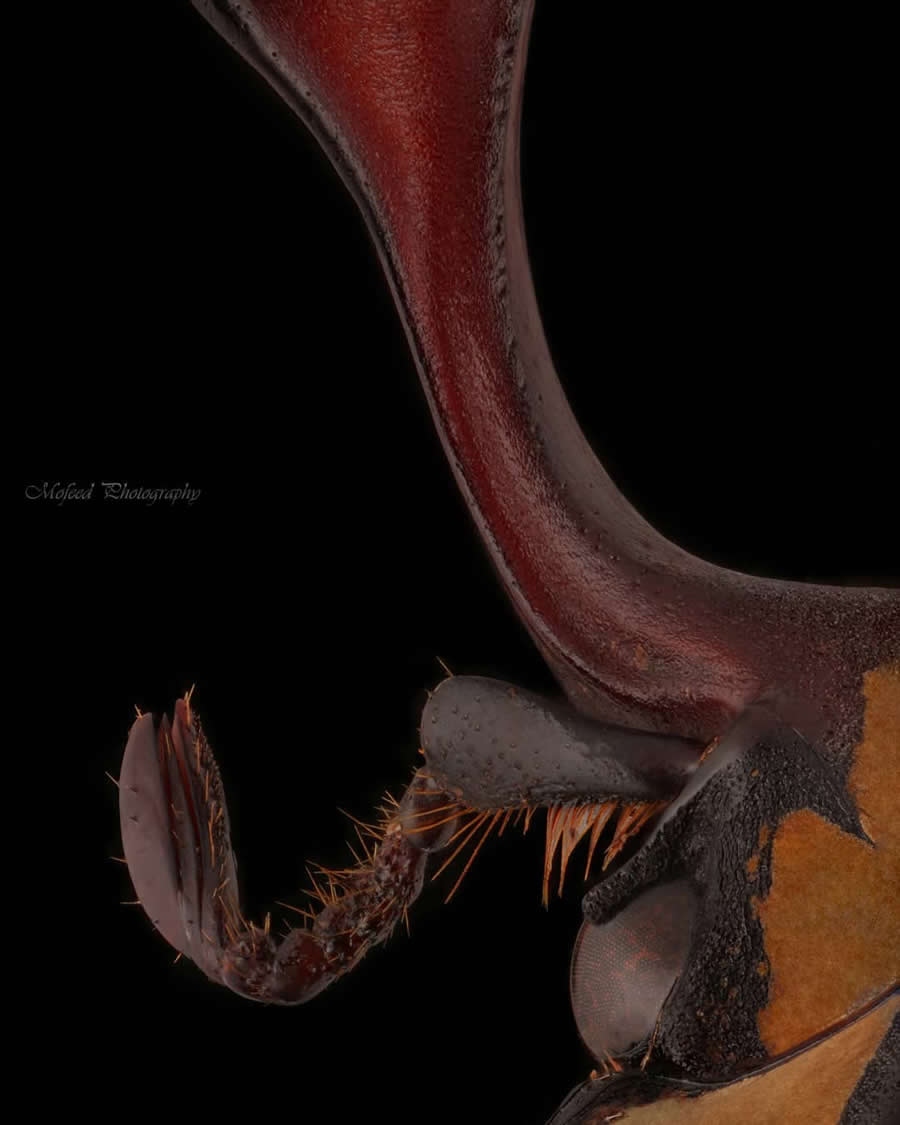
Conclusion: Bridging Science, Art, and Awareness
Mofeed Abu Shalwa’s stunning close-up portraits of endangered insects offer more than just aesthetic pleasure—they serve as a bridge between scientific understanding and emotional connection. His work compels us to look closer, think deeper, and care more about the minute lives that sustain our ecosystems. Through patience, technical mastery, and profound respect for the natural world, Abu Shalwa has given voice—and face—to creatures many never stop to notice. And in doing so, he challenges us to rethink what beauty means in nature.

